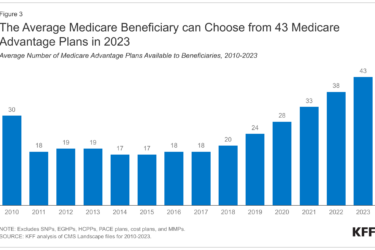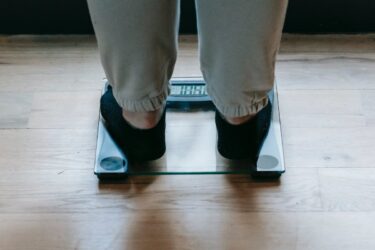A new data brief from the National Center for Health Statistics compares residential care communities with and without special dementia care units in 2010. About four in 10 residents (42 percent) living in residential care communities had Alzheimer’s disease or another dementia. Some states have specific requirements for residential care for these patients such as locked doors and specially trained staff.
Among the major findings:
- 17 percent of residential care communities in the U.S. Had special dementia care units in 2010
- Beds in these special units accounted for 13 percent of all residential care beds
- Facilities with special dementia care units were more likely to be chain-affiliated and built specifically as a residential care community, and less likely to be certified or to participate in Medicaid.
- At least seven out of 10 residential care communities with dementia special care units had features such as specially trained staff (88 percent), an enclosed courtyard (82 percent), doors with keypads or electronic keys (79 percent), and locked exit doors (76 percent).
- More residential communities with dementia care units were located in the Northeast or a metropolitan statistical area and less likely to be situated in the western U.S.
There are some helpful charts to put the data in visual perspective. Reporters may want to see how local residential facilities compare to the national data, or use these figures in combination with a story like this one from KSWB-San Diego – on how a daughter decided her parents needed to move to a care facility.










